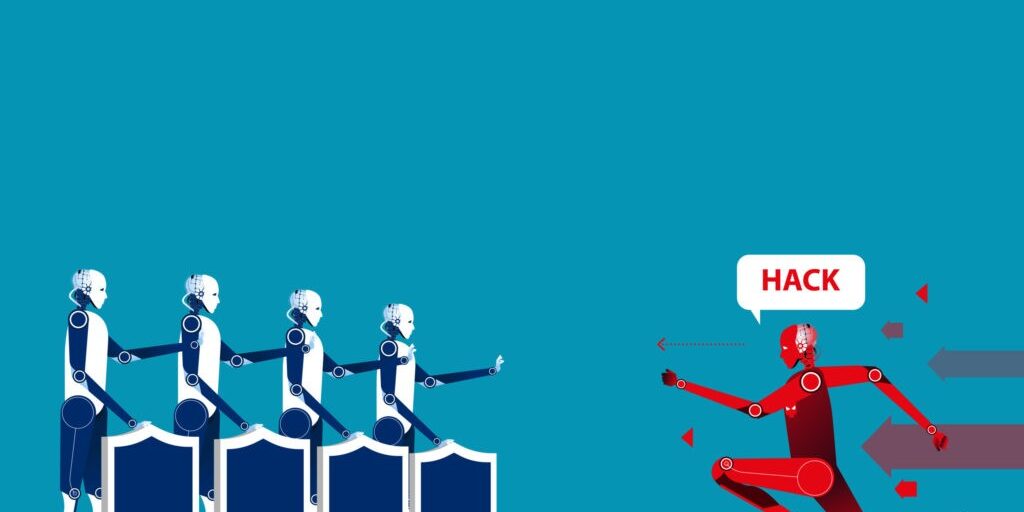
5 Poor Cybersecurity Practices Putting your Organization at Risk
Most cybersecurity incidents result from avoidable mistakes and poor cybersecurity practices. Human error is evidently a major and growing cyber risk factor. As a result, you’re probably picturing employee negligence, careless mistakes, and irresponsible behavior. But entire companies are just as likely to fall into poor security habits and routines as individuals. These bad habits are especially common if they happen to simplify work processes. Some organizations practice poor cybersecurity practices/habits without even realizing what they’re doing is wrong or risky.
It’s time to put a stop to these five workplace processes, habits, and perceptions that jeopardize the safety of your employees, customers, and business as a whole.
1. Relying on archaic security techniques
The cyber threat landscape never stands still. On the contrary, new threats constantly emerge as old ones evolve and become more sophisticated. For instance, the latest breed of polymorphic malware is more intrusive and harder to detect. Plus, changes in IT and business environments inevitably create and expose new attack surfaces to cybercriminals.
Old solutions won’t work on new problems. Your cyber defense arsenal must evolve with the times to remain effective against emerging threats. Today, security automation is the best tactic to safeguard companies against notorious cyber intruders. It now takes AI-powered monitors, detectors, and deterrents to keep digital assets safe.
2. Poor password hygiene
Login credentials are a common vulnerability and dangerous attack vector. A typical password policy involves creating complex passwords that are impossible to crack or guess. But there is more to password management than using strong passwords. It would help if you also tried to minimize other poor practices such as password overload, reuse, overuse, sharing, theft, and loss. Statistics show that these are the most common password safety and hygiene issues. Passwords cause stress, and this leads to even more poor cybersecurity practices in the organization.
You need to think outside the box when it comes to password management. Unfortunately, there is no sure way of enforcing a comprehensive password policy upon staff members. So, your best bet is to minimize the risk of using passwords altogether by implementing a password manager, multifactor authentication (MFA), passwordless authentication, and other similar solutions wherever possible.
3. Adding weak links with IoT devices
Did you know that IoT devices can introduce security holes in your network? That’s’ right, the automation conveniences of IoT networks may come at a high cost to security. Most IoT devices lack sufficiently robust security protocols, making them easy gateways to unauthorized connections onto the host network. If that happens to be the corporate network, a single device can easily compromise the entire organization.
The only way around this is to use IoT devices with guaranteed security protocols and keep them completely detached from the main corporate network.
4. Overconfidence in employee diligence
The human factor plays a crucial role in your cybersecurity’s strength (or weakness). If overlooked, employees can be the single greatest risk factor in your organization. For instance, employees can:
- Firstly, abuse security privileges and knowledge
- Mishandle sensitive data
- Use unapproved workarounds, software, or devices at work
- Fall for social engineering scams
- Leak implicating information (unintentionally or maliciously)
Therefore, your employees’ position in the cybersecurity framework comes down to managing trust and security accountability within the organization. Instead of trusting workers to do the right thing, minimize their chances of making the wrong choices. For instance, instead of worrying about what computers or software applications employees use, why not standardize and monitor all user devices? Also, developing a company-wide cybersecurity culture goes a long way in breeding security accountability at the individual level.
5. Confusing compliance for cybersecurity
Don’t make the mistake of assuming that compliance with any data security and privacy standard immunizes your organization against cyberattacks or other incidents. Compliance is not a golden pass to cybersecurity; it’s only an assurance that your organization meets the minimum-security requirements for a particular regulation. Although you may have to implement various data protection measures to achieve compliance, that alone is not enough to safeguard the entire company.
Eliminate poor cybersecurity practices with GateKeeper
GateKeeper can help you avoid exposing your organization to unnecessary risks. Our robust proximity-based authentication system eliminates the need for manual logins and all the security risks associated with passwords. It works on shared workstations, websites, and desktop applications. Therefore, end users can login once at the PC login screen, then access all of their other accounts without typing any passwords! Less human error in cybersecurity! Start a live demo to see how many different poor cybersecurity practices can be eliminated overnight with just one solution!
Finally, see GateKeeper Enterprise advanced MFA in action.
Take a self-guided tour of how you can evolve from passwords. Then you're really saving time with automation.




